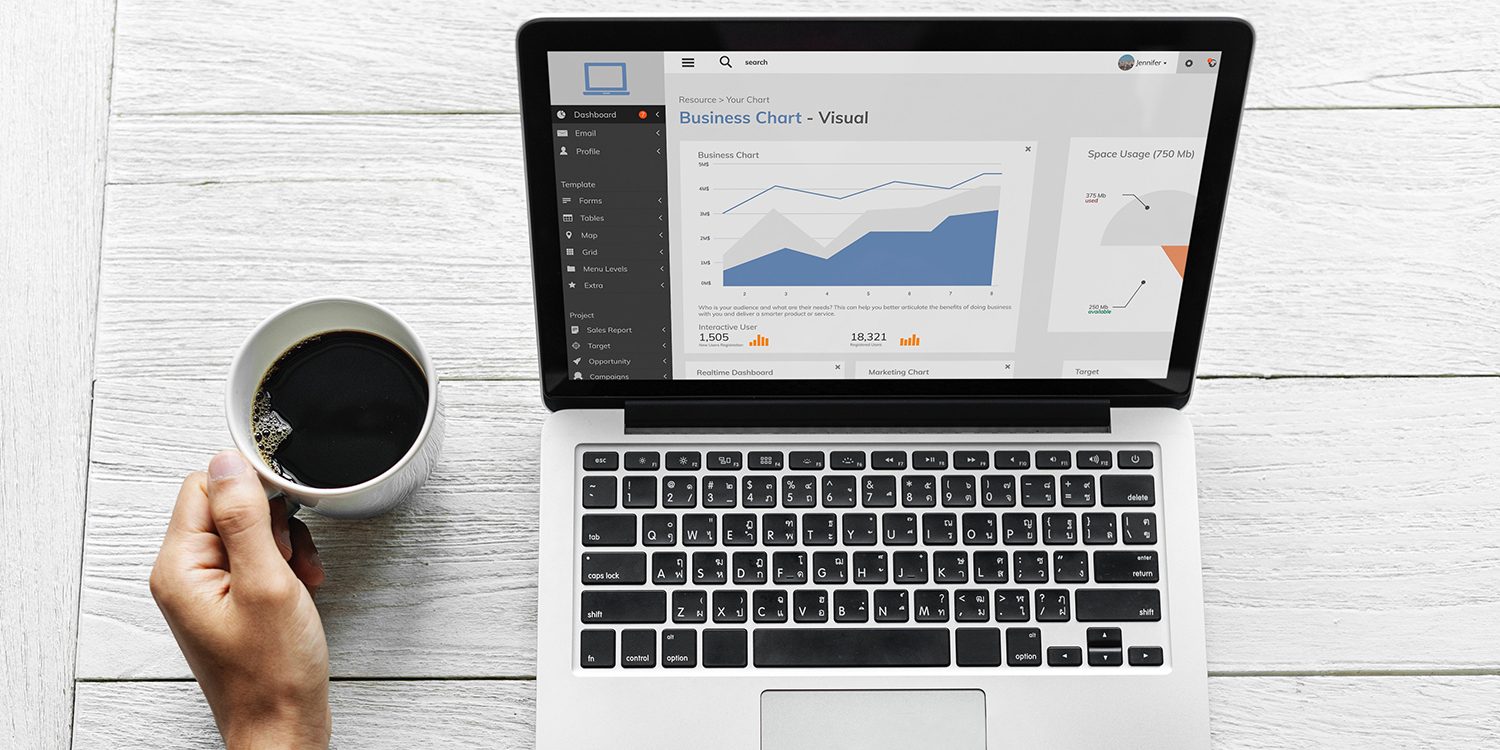A managed payroll is used by companies to help manage the computation, disbursement, and reporting of employees’ salaries efficiently and accurately. It is the combination of software, processes, services, hardware, and other systems that help automate the payroll process from the gathering of timekeeping information, computation of wages, to disbursement of salaries and payslips.
Automation
Because it most often involves the use of software, the most obvious benefit of having a payroll management system in place is the ability to automate otherwise complicated manual computations. Computing for deductions, income taxes, benefits, allowances and the like can be done in less time versus manual computation. This results in time savings and lower incidents of miscalculations attributable to human error.
Having More Information
Having an efficient payroll system also makes it easier to manage employee information, so there’s little need to consult various sources for data. Having all the information in one place means that reports generation is a breeze. Information about attendance, leaves, payroll taxes, and the like can be accessed in one place. This is useful for tax compliance and legal documentation, as well as during audits where specific reports are required and must be submitted within tight deadlines.
A managed payroll system also promotes better security and helps keep employee data confidential. Different levels of data access can be specified per user roles, from administrators to employees.
For employees, a payroll system usually allows them access to view information related to their current status, making it easier for them to keep track of their leave allowances, benefits, and other documents such as payslips.
Kinds of Payroll Systems
There are many kinds of payroll systems on the market, but they can be broken down into three categories: in-house, software, or outsourcing:
- In-house payroll processing, in its most basic form, usually involves time cards and manually updated Excel spreadsheets. In companies that have the resources for developers, customized programs can be prepared to suit the organization’s needs.
- Payroll software includes on-premise or cloud-based solutions that can capture time, attendance, scheduling data and compute wages based on that information.
- Outsourcing, as the name implies, involves companies handing off their data to organizations that specialize in computing employee salaries.
Of course, a payroll management system can be a combination of these, with the most effective solutions involving the integration of timekeeping hardware and software, plus post-payroll services such as posting of government statutory requirements.
All of these options have their pros and cons, and at the end of the day, it’s important to have a system that works specifically for your company’s needs—no two businesses are exactly alike, after all.
If you’re interested and would like to know more about managed payroll solution for your business, we’d love to help you. Send us a message at info@bridgesoutheast.com.


